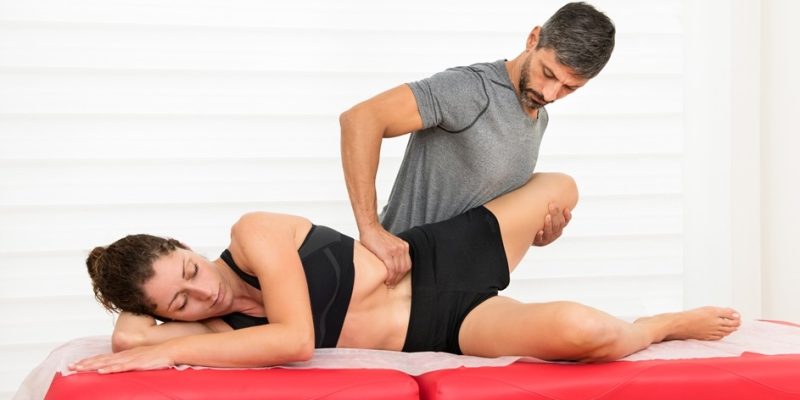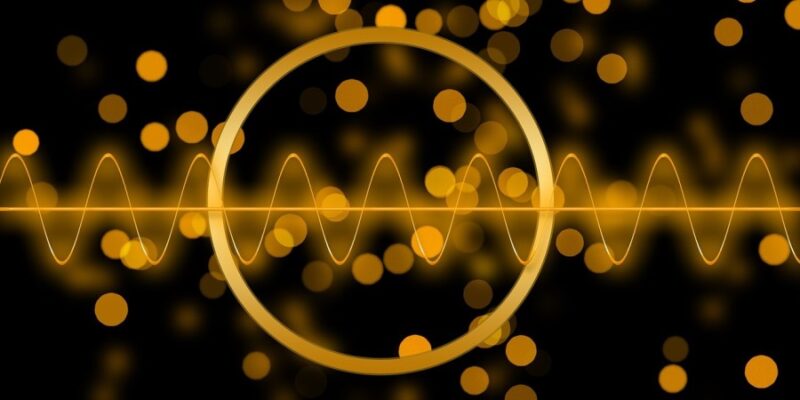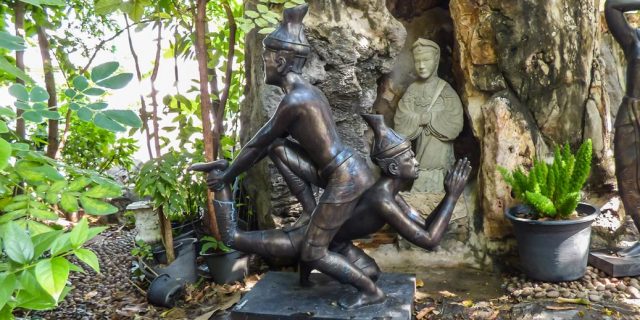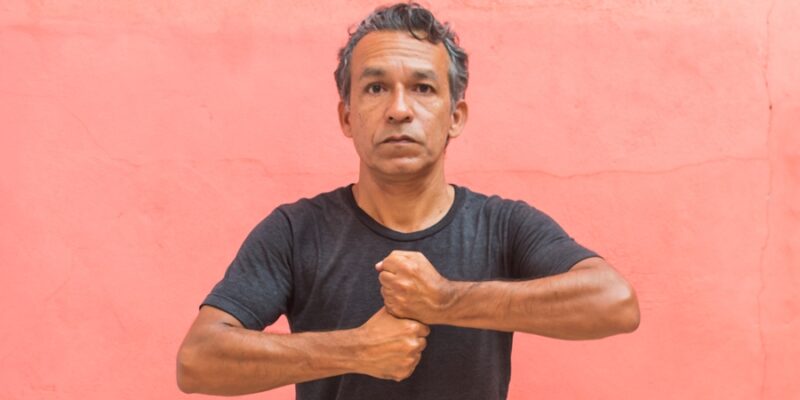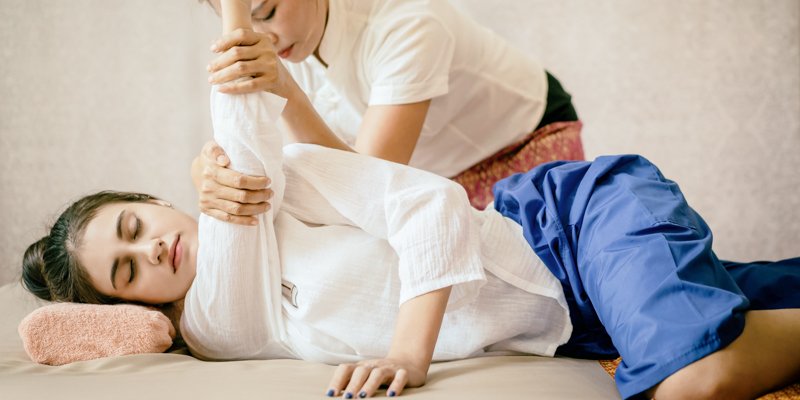
Before I take off with the article, first this: I’m not in any way criticizing the Sunshine Network or being against Thai Massage hybrid and integrative modalities, not at all. I would rather say, on the contrary. My basic Thai Massage training was according to Asokananda’s Sunshine Lineage, and my Thai Massage practice and teachings have been (and still are) strongly influenced by the so-called Thai Yoga Massage style.

I trained extensively with the Sunshine Massage School in Chiang Mai, which, by the way, isn’t part of the Sunshine Network, but an independent Asokananda Sunshine Lineage Thai Yoga Massage training school. I also trained in the Lahu Village, the headquarters of the Sunshine Network, with Chatchoi, who is Asokananda’s son. I cherish all those trainings, and up to today I find them extremely helpful, thorough and in-depth.
Furthermore, neither am I against massage or bodywork hybrids, integrations or blends if they are done wisely, sensibly, and with experience and knowledge. I think hybrids and blends are very important for the further development of massage and bodywork, just as Thai Traditional Massage as it is today in Thailand came about over hundreds of years through integration, blends, adaptions, and so on.
Of course, you will also see all kinds of funny, ridiculous, and even irresponsible blends, but that’s part of the game — thesis, anti-thesis, synthesis, or the evolutionary dialectics of everything.
Thai Yoga Massage
The Sunshine Network promotes Thai Yoga Massage, which in itself is a blend. Well, to be accurate, not really a blend, but an Emphasizer, that is, the Yogic stretches applied as part of Thai Massage are brought onto the main stage, focusing on similarities with Indian Yoga Asanas and referring to the Indian Yogic and Ayurvedic roots of Thai Massage. These were Asokananda’s ideas and doings in the first place, who was involved in research and teaching of Yoga and Buddhist meditation also, and emphasized the Yogic background of traditional Thai Massage.
After Asokananda passed away in 2005, things really took off. A number of Sunshine Network Thai Yoga Massage teachers started exploring further into the realm of AcroYoga and Yoga, and up to today, you see many liaisons between Sunshine Network teachers and AcroYoga and Yoga teachers or schools, together organizing retreats, training courses and workshops.
Thai Massage in the Side-Position

Another important focus given in the Sunshine Network community is on Thai Massage in the Side-Position.
It’s about a complete session being done with the receiver lying alternately on the left or right side of the body. It’s brought as a way of doing Thai Traditional Massage in a manner that is beneficial for those who cannot lie (for a longer duration) on the back or for pregnant women to avoid lying on the abdomen. It’s why it’s also often called Thai Pregnancy Massage.
Normally, lying on the side is only part of a full-body Thai Massage session, done because certain regions or areas of the body can be better or differently reached by the therapist.
The Rise of Hybrids and Integrations
Over time, some Sunshine Network teachers started to explore integrations with other massage and bodywork modalities such as Osteopathy, Physiotherapy, Vinyasa and Energy work, to name some examples. Below I list a few of these new-kids-on-the-block with a short description to give you an idea of developments.
Osteothai
Osteothai (also written as Osteo-Thai or Osteo Thai) is an integration of Osteopathy and Traditional Thai Massage. The Osteothai Massage modality uses a holistic whole-body approach, combining the rich set of Thai Massage techniques and stretches with the more accurate and gentle touch of Osteopathy.
Dynamic Thai Massage
Dynamic Thai Massage is a hybrid Thai Massage style based on the work of the late Ajan Chaiyuth Priyasith, one of the most influential Thai Massage masters from Chiang Mai of the last decades. It applies gentle rocking, and repetitive and harmonic movements, stretches and traction of different body parts. As taught today, it’s used as therapeutic work and it borrows from both Thai Massage and Osteopathy.
PhysioThai
PhysioThai® is a holistic massage therapy developed by Evelyn Unger. The work is a blend of Thai Massage and Physiotherapy techniques done on a mat on the floor. Additionally, a variety of tools and methods are used, such as acupressure, Osteopathy, fascia therapy, Yogic stretches, Foot Reflexology, mobilizations, herbal packs, to name some examples.
Thai Energy Bodywork
Robert Henderson promotes Thai Energy Bodywork which is an approach of Thai Massage with a special focus on subtle energy aspects. Emphasis is given on how different types of energies influence the state, health and well-being of our physical body.
Flow-Nuad
FLOW-NUAD was developed by Veni Labi, and is a gentle, meditative and flowing form of Thai Massage. Breathing, movement and music flow together into a unity. The modality uses a range of passive Yoga postures combined with the rhythm of breath.
Barefoot Thai Massage
Usually, barefoot Thai Massage is (or can be a) part of a full-body Thai Massage session. Nevertheless, a complete treatment could be given solely by using the feet and Ralf Marzen from the MUDITA School of Thai Yoga Massage has made this modality his specialty.







